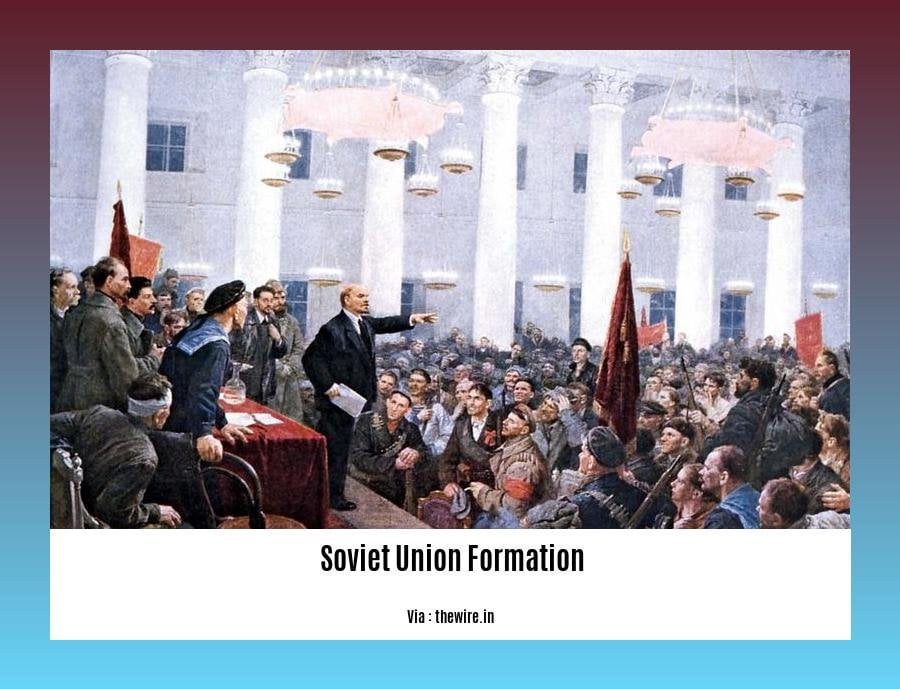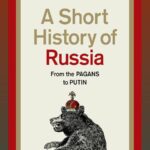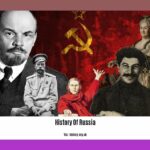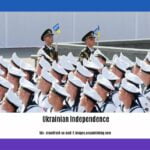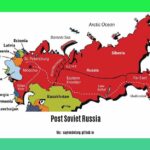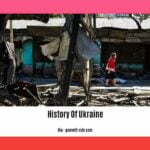Embark on a historical odyssey with “The Formative Years of the Soviet Union: Historical and Geopolitical Perspectives.” This article delves into the crucible of Soviet genesis, exploring the intricate tapestry of events, ideologies, and international dynamics that gave birth to the world’s first socialist state.
Key Takeaways:
- The Soviet Union was formed in 1922 through a treaty between Russia, Ukraine, Belarus, and Transcaucasia.
- The treaty established the Union of Soviet Socialist Republics (USSR) as a federation of socialist republics led by the Communist Party.
- The Communist Party, headed by Vladimir Lenin, had overthrown the Russian Provisional Government in the October Revolution of 1917.
- A civil war followed the revolution, concluding with the defeat of anti-communist forces in 1922.
Soviet Union Formation
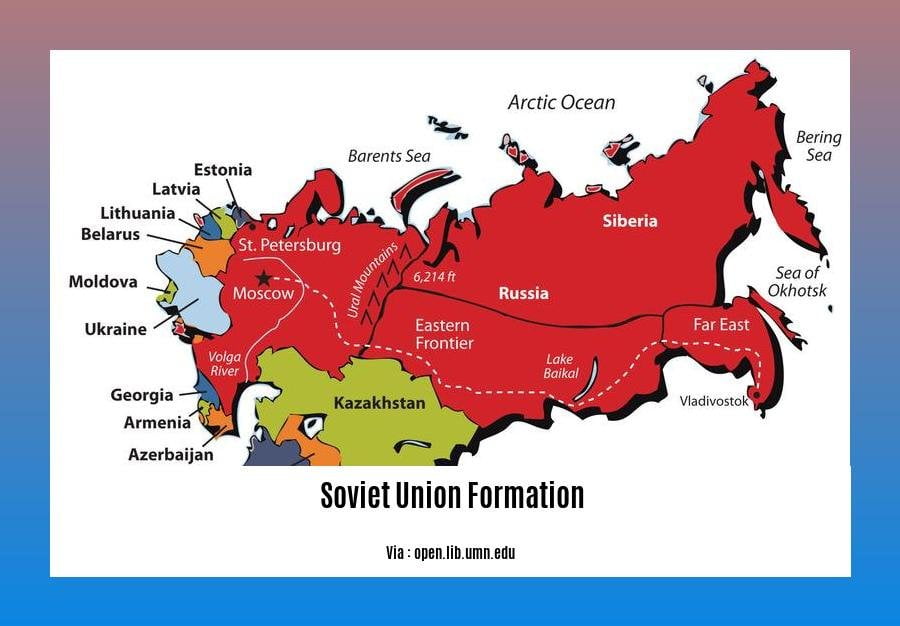
Unveiling the Genesis of a Socialist Superpower
The Soviet Union formation was a transformative event that reshaped the global political landscape. Let’s delve into the historical and geopolitical factors that shaped the birth of this socialist superpower:
The Genesis of the Soviet State
In 1917, the Russian Revolution ignited a political storm, toppling the Romanov dynasty and ushering in a new era. The Bolsheviks, led by Vladimir Lenin, seized power and established the world’s first socialist state.
Ideological Foundations
The Bolshevik ideology, rooted in Marxism, served as the guiding force behind the Soviet Union formation. Their vision of a classless society and international revolution fueled their determination to establish a socialist federation.
Territorial Expansion and Consolidation
The Bolsheviks’ control extended beyond Petrograd and Moscow as they embarked on a campaign to unite the vast territories of the former Russian Empire. Through military conquests and political maneuverings, they gradually expanded their domain, incorporating Ukraine, Belarus, and Transcaucasia.
Global Impact
The Soviet Union formation reverberated worldwide. It challenged the established capitalist order and sparked debates about social justice and economic equality. The USSR’s emergence as a major power also introduced a new dynamic in international relations, shaping the course of the Cold War.
In conclusion, the Soviet Union formation was a complex process driven by revolutionary fervor, ideological convictions, and geopolitical ambitions. Its legacy continues to shape our understanding of global history and the enduring impact of socialism on the world stage.
Dive into the rich tapestry of Russian history, spanning centuries of tumultuous events and captivating tales. Travel through the opulent era of the Tsars, where power and tradition intertwined to shape the nation’s destiny. Explore the transformative period of post-Soviet Russia, a time of challenges, recovery, and the forging of a new identity.
Lenin, Trotsky, and Stalin: Key Architects of the Revolution
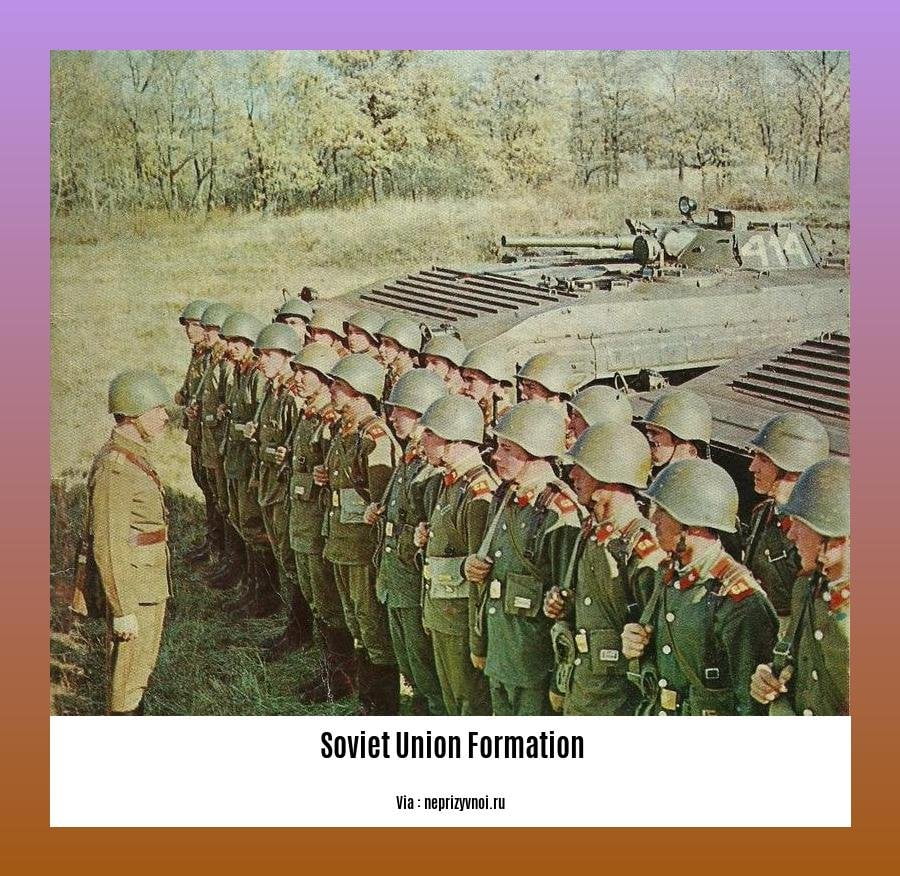
Imagine the Soviet Union as a grand tapestry woven by three master architects: Lenin, Trotsky, and Stalin. Each visionary brought their unique threads, shaping the fabric of the world’s first socialist state.
Lenin: The Revolutionary Catalyst
Vladimir Lenin, the Bolshevik leader, ignited the revolutionary fire with his unwavering determination. Inspired by Karl Marx’s ideas, Lenin believed in a global proletarian revolution and the establishment of a classless society. Under his guidance, the Bolsheviks seized power in the October Revolution of 1917, marking the birth of the Soviet Union.
Trotsky: The Red Army’s Genius
Leon Trotsky, a brilliant military strategist, played a pivotal role in the Red Army’s victories during the Russian Civil War. His innovative tactics and charismatic leadership turned the tide against the White Army, securing the Bolsheviks’ grip on power. However, Trotsky’s fiery temperament and opposition to Stalin’s policies led to his eventual expulsion and assassination.
Stalin: The Iron-Fisted Consolidation
Joseph Stalin, a ruthless opportunist, emerged victorious from the power struggle following Lenin’s stroke. Through cunning maneuvers and political purges, Stalin consolidated his control over the Bolshevik Central Committee. Under his iron-fisted rule, the Soviet Union underwent rapid industrialization and collectivization, shaping its destiny for decades to come.
Key Takeaways:
- Lenin laid the ideological foundation for the Soviet Union, emphasizing global revolution and class struggle.
- Trotsky masterminded the Red Army’s victories, but his ambition and opposition to Stalin ultimately led to his downfall.
- Stalin emerged as the undisputed leader, consolidating his power through ruthless purges and transforming the Soviet Union into an industrial powerhouse.
Citations:
- Britannica: What was the relationship between Leon Trotsky and Joseph Stalin?
- The National WWII Museum: Trotsky’s Struggle against Stalin
Territorial expansion and consolidation of Soviet power
The territorial expansion and consolidation of Soviet power was a complex and dynamic process that unfolded over several years. After the Bolsheviks seized power in the October Revolution of 1917, they faced the challenge of establishing control over the vast and diverse territory of the former Russian Empire.
Key steps in the territorial expansion and consolidation of Soviet power:
- The Bolsheviks initially relied on military force to suppress opposition and expand their control.
- They established the Red Army, which played a crucial role in defeating anti-Bolshevik forces during the Russian Civil War.
- The Bolsheviks also employed political tactics, such as promoting class struggle and appealing to the peasantry, to gain support and consolidate their power.
- Over time, the Bolsheviks gradually extended their control over most of the former Russian Empire, with the notable exception of Finland, Poland, and the Baltic states, which gained independence.
- The Soviet Union was formally established in 1922 as a federation of several Soviet republics, including Russia, Ukraine, Belarus, and Transcaucasia.
Key Takeaways:
- Territorial expansion and consolidation of Soviet power was a complex and dynamic process that unfolded over several years.
- The Red Army on military force helped suppress opposition and expand Bolshevik control.
- The Soviet Union was formally established in 1922 as a federation of several Soviet republics.
Relevant Sources:
- History of the Soviet Union from Encyclopedia Britannica
- Formation of the Soviet Union from Lumen Learning
Impact on Global Affairs and the Rise of the Cold War
The establishment of the Soviet Union in 1922 had a profound and lasting impact on global affairs. Its creation challenged the established world order and sparked a rivalry with the Western capitalist powers that would come to define the second half of the 20th century.
The Impact on Global Affairs
The Soviet Union emerged as a major player on the world stage, actively supporting communist movements around the globe and challenging the dominance of Western powers. Its ideology of Marxism-Leninism promoted class struggle and revolution, spreading its influence to countries in Asia, Africa, and Latin America. The Soviet Union’s support for communist regimes and its expansionist policies created an atmosphere of fear and mistrust among Western nations.
The Rise of the Cold War
The growing tension between the Soviet Union and the Western powers, particularly the United States, eventually escalated into the Cold War. This period of heightened tensions and geopolitical rivalry dominated international relations for decades. The Cold War was characterized by proxy wars, nuclear saber-rattling, and the ideological battle between capitalism and communism.
Key Takeaways:
- The Soviet Union’s establishment challenged the world order, sparking rivalry with Western powers.
- Its support for communism and expansionist policies fostered fear and mistrust.
- The resulting tension between the Soviet Union and the United States led to the rise of the Cold War, a prolonged period of geopolitical conflict.
Relevant URL Sources:
FAQ
Q1: What factors contributed to the formation of the Soviet Union?
Q2: How did the October Revolution impact the establishment of the Soviet state?
Q3: What was the role of the Communist Party in the early years of the Soviet Union?
Q4: How did the Soviet Union’s foreign policy evolve during its formative years?
Q5: What were the key challenges and opportunities faced by the Soviet Union during its first decade?
- Senior at What Age: Benefits & Eligibility Guide - March 29, 2025
- Unlocking Senior Benefits: How Old is a Senior? Your Complete Guide - March 29, 2025
- Master Russian Politeness:A Guide to Saying Please - March 29, 2025
